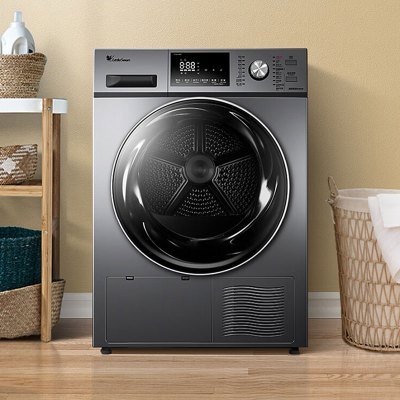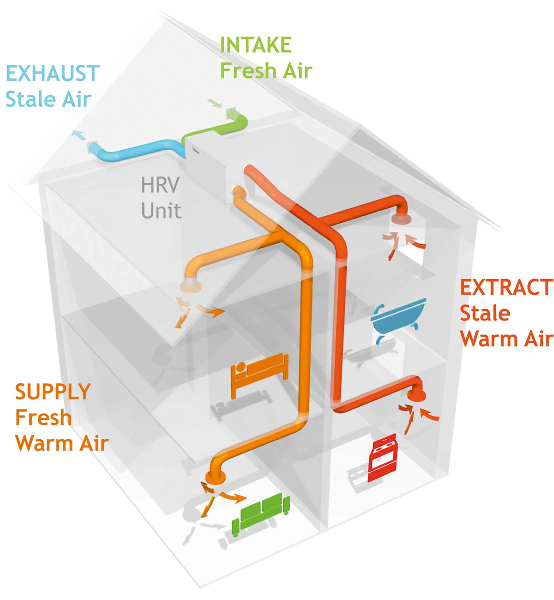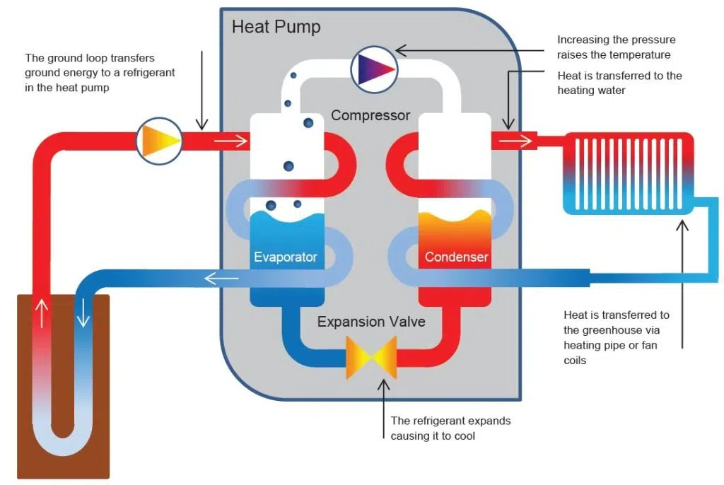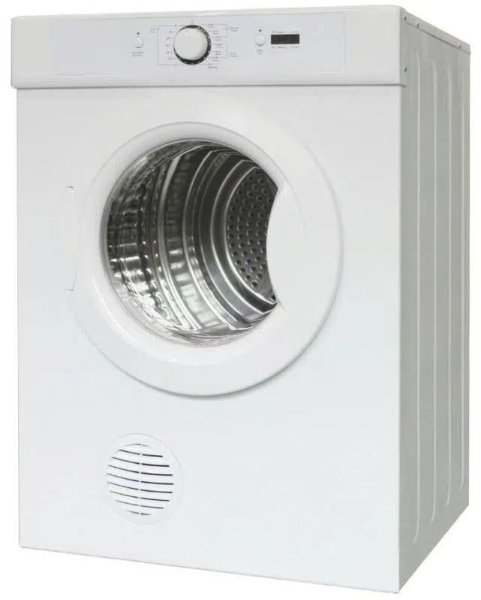
Content Menu
● Introduction
● Understanding Heat Pump Dryer Technology
● Expected Lifespan and Durability Factors
● Maintenance Requirements for Longevity
● Common Issues and Solutions
● Tips for Maximizing Dryer Lifespan
● Conclusion
● Frequently Asked Questions
>> Q1: What is the average lifespan of a heat pump dryer?
>> Q2: How often should I clean the heat exchanger?
>> Q3: Are heat pump dryers more durable than conventional dryers?
>> Q4: What are the signs that my heat pump dryer needs maintenance?
>> Q5: How can I extend the life of my heat pump dryer?
Introduction
Heat pump dryers represent a significant advancement in laundry technology, offering an energy-efficient alternative to conventional dryers. As more households consider investing in these innovative appliances, understanding their lifespan and factors affecting their durability becomes crucial. This comprehensive guide explores everything you need to know about heat pump dryer longevity, maintenance, and optimal usage practices.
Understanding Heat Pump Dryer Technology
Heat pump dryers operate using a sophisticated system that recycles hot air through a heat exchange process. Unlike conventional dryers that expel warm air outside, these units recirculate the air after removing moisture, making them significantly more energy-efficient. The system consists of an evaporator, condenser, compressor, and expansion valve, working together in a closed loop to dry clothes effectively while consuming less energy.
The technology behind heat pump dryers is particularly noteworthy because it operates at lower temperatures compared to traditional dryers, which not only saves energy but also treats clothes more gently. This sophisticated system uses refrigerant to transfer heat, similar to how your refrigerator works, but in reverse, making it a marvel of modern engineering in household appliances.

Expected Lifespan and Durability Factors
The lifespan of a heat pump dryer depends on various factors, including usage patterns, maintenance routines, and environmental conditions. These innovative appliances typically feature robust construction and high-quality components designed for long-term operation. The absence of high-temperature heating elements, which are common failure points in conventional dryers, contributes to their potential for extended service life.
Environmental factors such as humidity levels, room temperature, and installation location can significantly impact the dryer's performance and longevity. Proper ventilation and adequate spacing around the unit ensure optimal operation and prevent unnecessary strain on the system components. Additionally, the quality of electrical supply and frequency of use play crucial roles in determining the appliance's lifespan.
Maintenance Requirements for Longevity
Regular maintenance is essential for maximizing the lifespan of a heat pump dryer. The maintenance routine should include cleaning the lint filter after each use, regularly checking and cleaning the heat exchanger, and ensuring proper drainage of condensed water. These simple yet crucial tasks prevent the accumulation of debris and maintain optimal performance levels.
Professional servicing at recommended intervals helps identify and address potential issues before they become major problems. This proactive approach to maintenance includes checking the seals, cleaning internal components, and verifying the proper functioning of all mechanical and electronic systems. Following manufacturer guidelines for maintenance not only extends the dryer's life but also maintains its energy efficiency.

Common Issues and Solutions
While heat pump dryers are generally reliable, understanding common issues and their solutions can help prevent premature failure. Typical challenges might include longer drying times, unusual noises, or reduced efficiency. Most of these problems can be resolved through proper maintenance and timely intervention.
Regular cleaning of filters and heat exchangers prevents many common issues. If problems arise, consulting the user manual or seeking professional assistance ensures proper resolution without causing additional damage. Being proactive about addressing minor issues prevents them from escalating into major repairs or system failures.
Tips for Maximizing Dryer Lifespan
To ensure your heat pump dryer serves you well for many years, consider implementing these practical tips:
- Avoid overloading the dryer
- Clean filters and components regularly
- Ensure proper installation and ventilation
- Use appropriate dryer settings for different fabrics
- Schedule regular professional maintenance
- Address issues promptly when they arise
Conclusion
Heat pump dryers represent a significant investment in energy-efficient laundry technology. With proper care and maintenance, these appliances can provide reliable service for many years. Understanding the factors affecting their longevity and implementing appropriate maintenance routines helps maximize their lifespan and maintain optimal performance.

Frequently Asked Questions
Q1: What is the average lifespan of a heat pump dryer?
A1: With proper maintenance and care, a heat pump dryer can last between 10-15 years, depending on usage patterns and maintenance routines.
Q2: How often should I clean the heat exchanger?
A2: The heat exchanger should be cleaned thoroughly every 2-3 months, or more frequently if you notice decreased drying efficiency.
Q3: Are heat pump dryers more durable than conventional dryers?
A3: Yes, heat pump dryers often have longer lifespans due to their lower operating temperatures and more sophisticated technology.
Q4: What are the signs that my heat pump dryer needs maintenance?
A4: Watch for increased drying times, unusual noises, poor drying performance, or error codes on the display.
Q5: How can I extend the life of my heat pump dryer?
A5: Regular cleaning, proper loading, using appropriate settings, and scheduling professional maintenance can significantly extend your dryer's lifespan.












